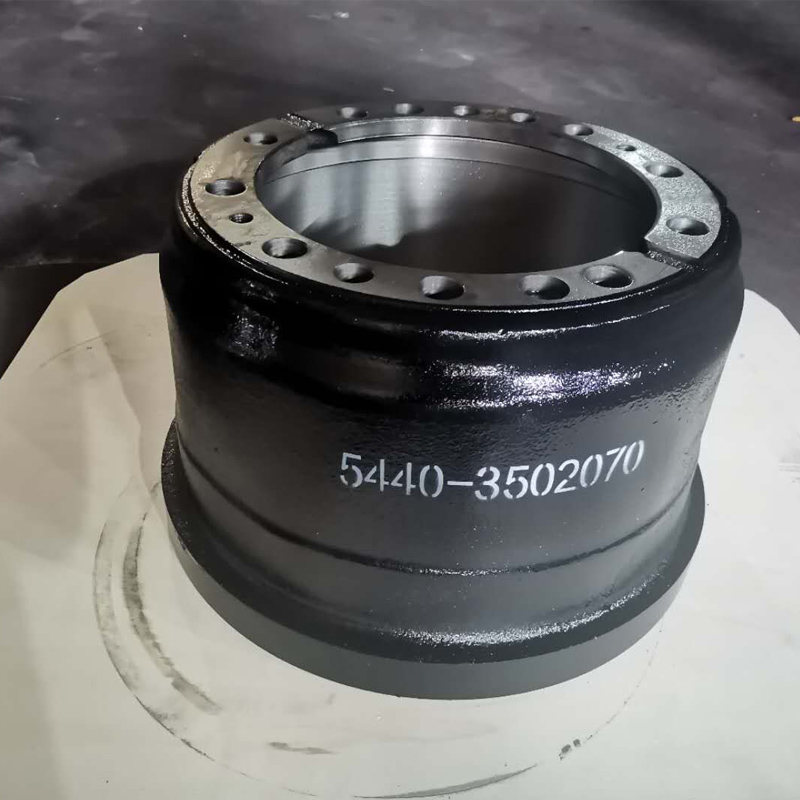Sep . 21, 2024 12:40 Back to list
how to get rust off brake drums
How to Get Rust Off Brake Drums A Step-by-Step Guide
Rust can be a common issue for brake drums, especially in vehicles exposed to moisture and road salt. This corrosion not only affects the appearance of your brake components but can also hinder braking performance. Fortunately, with the right approach, you can remove rust from brake drums effectively. This article will guide you through a safe and efficient rust removal process.
Materials Needed
Before you begin, make sure you have the following materials on hand
- Safety glasses and gloves - Jack and jack stands - Lug wrench - Wire brush or rust scrubber - Sandpaper or sandblaster - Rust inhibitor or primer - Brake cleaner - Clean cloths
Step 1 Safety First
Safety should always be your top priority. Start by wearing safety glasses and gloves to protect your eyes and skin from rust particles and chemicals. Ensure that your vehicle is parked on a flat surface and engage the parking brake.
Step 2 Lift the Vehicle
Using the jack, raise your vehicle and secure it with jack stands. Make sure the car is stable before you start working on the brake drums. Remove the wheel using the lug wrench to access the brake drum more easily.
Step 3 Inspect the Brake Drum
Once you've removed the wheel, use a clean cloth to wipe away any debris. Inspect the brake drum for rust, paying particular attention to areas where moisture accumulates. Note the severity of the rust, as heavy corrosion may require more extensive treatment.
Step 4 Remove Rust
how to get rust off brake drums

Using a wire brush or rust scrubber, begin to scrub away the rust from the surface of the brake drum. For minor rust, a wire brush should suffice. If you encounter stubborn rust, opt for sandpaper or a sandblaster to smooth out the surface. Always work in a circular motion to ensure an even removal.
Step 5 Clean the Surface
After removing the rust, clean the brake drum thoroughly with brake cleaner to eliminate any dust and debris. Spray the cleaner generously and wipe with a clean cloth until the surface is shiny and free from contaminants.
Step 6 Apply a Rust Inhibitor
To prevent future rusting, consider applying a rust inhibitor or primer specifically designed for brake components. Follow the product instructions carefully for best results. This protective layer will help shield your brake drums from moisture and road salts.
Step 7 Reassemble
Once the inhibitor is dry, it's time to reassemble your brake system. Replace the wheel and hand-tighten the lug nuts. Lower the vehicle and use the lug wrench to secure them in place firmly.
Step 8 Test the Brakes
Before taking your vehicle back on the road, it's crucial to test the brakes. Start slowly, applying the brakes gently to ensure they are functioning correctly. If there are any unusual sounds or issues, consider consulting a professional mechanic.
Conclusion
Removing rust from brake drums is a manageable task that can significantly enhance your vehicle's performance and safety. Regular maintenance, including inspecting for rust, will help prolong the life of your braking system. By following these steps, you can keep your brakes in optimal condition and enjoy a smoother, safer ride. Remember, safety is paramount, so if you ever feel uncertain, don’t hesitate to seek professional assistance.
-
ROR Web Development: Build Fast, Scalable, Secure Apps
NewsAug.17,2025
-
Scania Brake Drums: OEM Quality for Optimal Safety & Durability
NewsAug.16,2025
-
R.V.I: Advanced Remote Visual Inspection for Precision
NewsAug.15,2025
-
Discover HYUNDA: Innovative Vehicles, Equipment & Solutions
NewsAug.14,2025
-
R.V.I: Unlock Advanced Insights & Real-time Performance
NewsAug.13,2025
-
Kamaz Brake Drum: Durable & Reliable for Heavy Duty Trucks
NewsAug.12,2025
